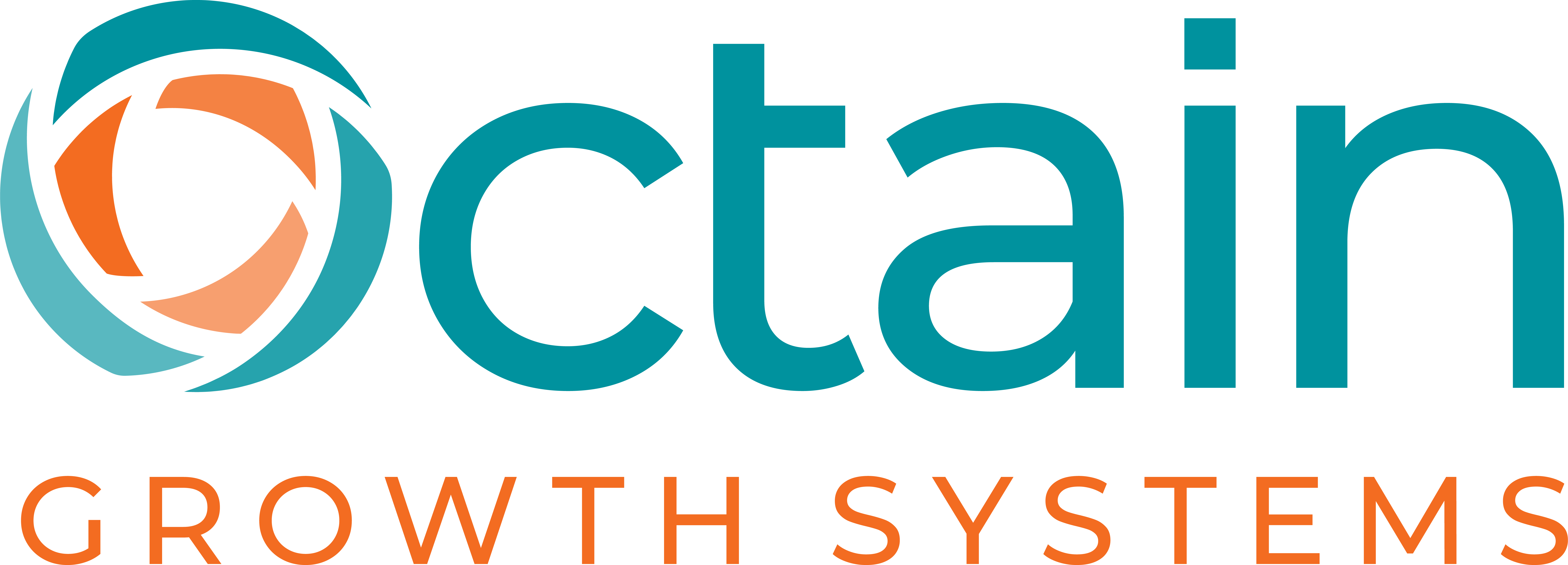If expanding your business in 2025 is your goal, here are the three marketing must haves that will help get you there.
- Growth Plan. A growth plan is not a business plan or marketing plan. It is a strategy and specific set of actionable initiatives, programs and activities that are designed to hit your revenue and profitability goals.
Unlike a garden variety marketing plan that too often stands alone in the marketing arena, a growth plan is aligned with and integrated into your other business functions: product development and distribution, financial operations, operations management and HR.
Here are three things your growth plan must include:
- Achievable Metrics: Your growth plan should start with specific and measurable goals, such as increasing revenue by a certain percentage, growing your customer base, or expanding into new markets. These objectives will act as the guiding star for all initiatives and ensure your efforts are focused and results driven.
- Defined Target Audience: Understanding and identifying your target customers is at the heart of any effective growth plan. You must clearly outline who your ideal audience is, what their pain points are, and how your offerings solve their problems. This ensures your marketing and operational efforts are precisely tailored to capture and retain this audience. If you have not reviewed your Ideal Customer Profile in the last six months, do it now. Buying behavior and needs are constantly changing.
- Detailed Roadmap: A strong growth plan breaks down how you will achieve your objectives into actionable steps. These can include specific marketing campaigns, product improvements, sales tactics, and operational changes. Assign timelines, responsibilities, and benchmarks to each initiative for accountability and progress tracking.
At Octain we build our clients a detailed roadmap that aligns achievable metrics with customer acquisition programs and financial and operational requirements.
- Referral Marketing Program. A referral marketing program is an intentional plan to generate a specific number of referrals per month/quarter that aligns with and relies on specific marketing activities. It is the farthest thing from the wish for/hope for waiting game that too many business owners and fractional executives play.
Here are three things your referral marketing program must include:
- Defined Incentives: Establish clear and appealing rewards for customers or partners who refer others to your business. These could be discounts, free products/services, exclusive access, or monetary rewards. The key is to ensure the incentives are valuable enough to motivate action while aligning with your overall profitability goals.
- Multiple Referral Channels: Diversify how you facilitate referrals by integrating them into various marketing and customer interactions. Encourage referrals through email campaigns, social media shares, loyalty programs, or in-person interactions. Utilize digital tools like referral tracking apps to streamline the process and make it easy for participants to share your company.
- Ways to Acknowledge and Reciprocate: Once a referral is made, acknowledge and thank the referrer, reinforcing their participation in the program. A handwritten thank-you note, or public acknowledgment can build goodwill, making participants more likely to refer again. Most importantly look for ways to reciprocate with referrals or resources of your own, creating a continuous cycle of Know-Like-Trust-Refer.
- A Website that generates and converts leads to customers.
Is your website site sitting there looking pretty?
Does it act as a visual company brochure? Do you point to people to it when they need “more information?”
Be honest? When was the last time someone took action on your website? Took an assessment, filled out a form? If that is not happening, it is time for a change.
Here are three things a website that converts must include:
- Clear Calls-to-Action (CTAs): Every page on your website should guide visitors toward taking specific actions, such as “Schedule a Call,” “Download Our Free Guide,” or “Get a Free Quote.” These CTAs should be prominent, action-oriented, and aligned with the user’s journey on your site. Make sure they are easy to find and compelling enough to prompt immediate action.
- Lead Capture Tools: Incorporate tools like opt-in forms, quizzes, or assessments to collect visitor information and convert them into leads. Offer valuable incentives, such as a discount, a free consultation, or exclusive content, in exchange for their contact details. These tools should be strategically placed at key points across your site, like landing pages or blog posts, to maximize engagement.
- Optimized User Experience (UX): Your site must be intuitive and easy to navigate, with fast loading times and a mobile-responsive design. Visitors should immediately understand what your business offers, find relevant information quickly, and experience a seamless interaction. The more frictionless their experience, the more likely they are to convert from passive browsers to actively engaged prospects or customers.
To evaluate the marketing power of your website, download our Website Strength Finder Assessment here.
For a deeper discussion on how implement any of these 2025 marketing must haves book a call here.

